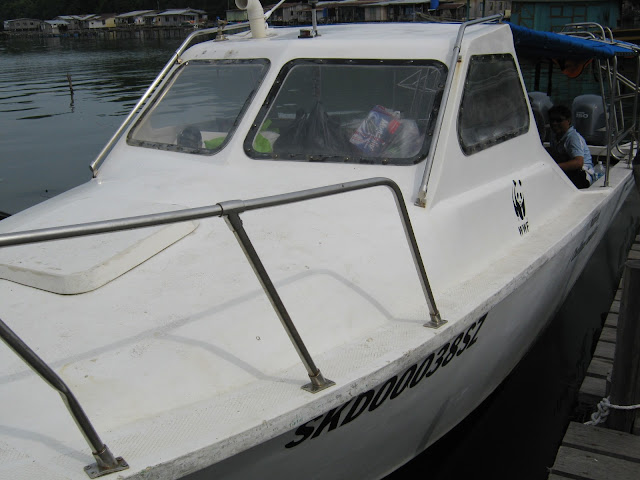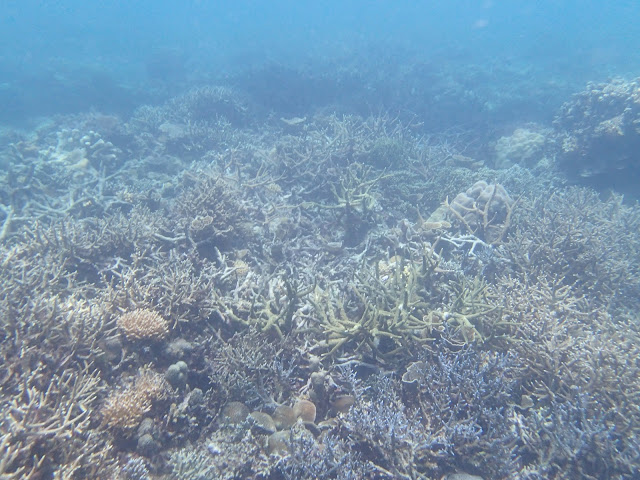New Gall Crab Species Discovered in Tun Mustapha Park, Malaysia

Kota Kinabalu, Malaysia - A new coral-inhabiting gall crab species has been discovered in the proposed Tun Mustapha Park, northern Sabah. The new gall crab, named Lithoscaptus semperi , was found inhabiting free-living corals of the species Trachyphyllia geoffroyi on sandy bottoms near coral reefs. The research done on this gall crab was published in the 500 th issue of ZooKeys. “When I started working on gall crabs, I had a hard time to find them because of their small size,” says Sancia Van der Meij, the scientist from Naturalis Biodiversity Center in the Netherlands who discovered the new species. “But once I knew how to recognise their dwellings, I realised they are actually very common on coral reefs.” Gall crabs are very small – less than 1 cm in size – and live in a ‘dwelling’ in stony corals. Gall crab larvae settle on a coral as a larvae and the coral then grows around the crab, creating a ‘dwelling’. These dwellings are named galls, which give th



